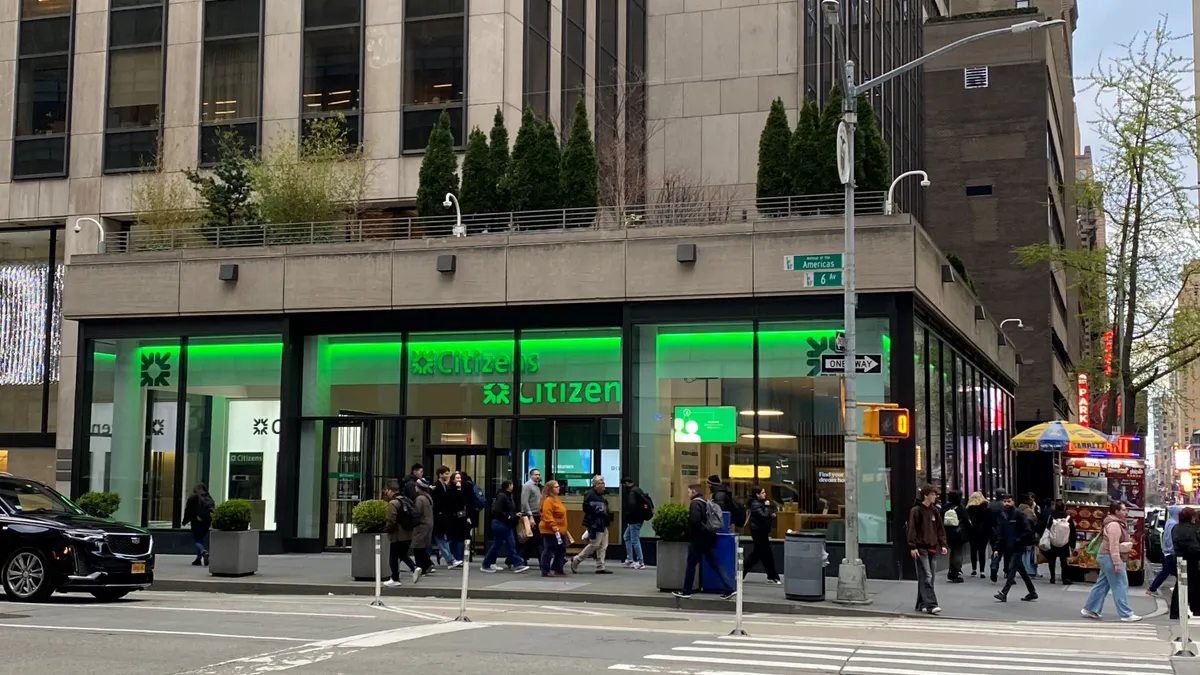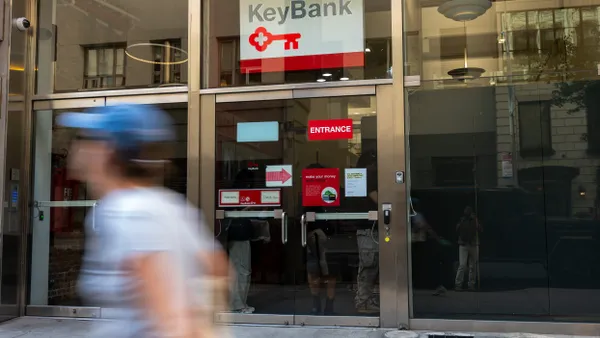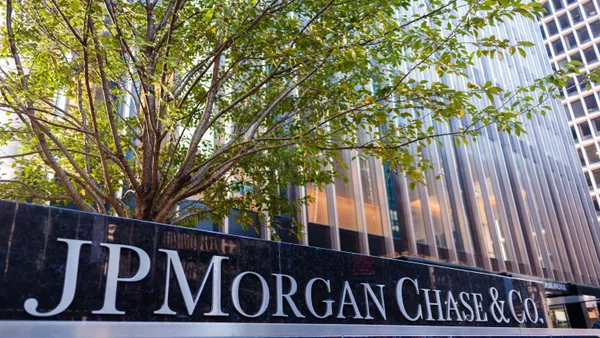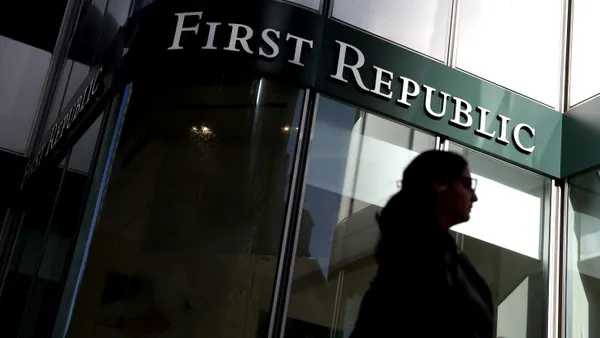Banks can incorporate a personalization strategy to increase trust, retention and growth - benefits which are beyond just revenue generating.
When banking industry leaders listen to discussions about digital banking experiences, the word personalization inevitably comes up. And it should. Personalization has the potential to help traditional banks keep and win customers. The term is wielded as a transformative concept. What does it really mean? When you unpack the term in context, it’s often used to imply relevant offers and customer-centric digital experiences. Sounds nice, but that’s not very specific. Amdocs conducted in-depth customer research into what customers want (and don’t want) from personalization - with surprising results.
The interviews delved into American consumer’s perspectives on personalization. All respondents liked the idea of personalized digital experiences. But they held differing views of what personalization meant. An analysis of the responses identified four types of personalization that appeal to different consumers.
While some in the industry see personalization primarily as an opportunity to increase revenue by delivering the right offer at the right time, it’s wise to take a broader view. Yes, personalized offers deliver strong returns. But personalization that seeks to deeply understand the customers a bank serves presents an outsized retention opportunity. Traditional banks that serve each of the four personalization types have the potential to retain more customers as competitors seek to lure account holders away.
Fight customer flight with personalization
An increasing number of consumers are shifting from traditional banks as their primary financial relationship. It’s a trend that’s gained steam in recent years. This is reinforced by Amdocs’ recently published Battle of the Banks Report, which found that while 70% of consumers are confident that traditional banks will keep pace with their needs over the next five years, this confidence drops to 48% when asked if traditional banks will keep pace over the next 10 years. Those are sobering numbers for traditional banks.
The combined bodies of research from Amdocs showed that many consumers associate FinTechs with personalization. That’s true even though people have differing views of what personalization means. While they may keep an account at traditional banks, those same consumers consider FinTechs first when seeking new financial products and services. People reported they pay attention to the ways that traditional banks weave personalization into digital experiences. And they appreciate it when trusted banking brands meet and exceed their expectations for personalization.
What do customers want from personalization?
When asked to describe what personalization meant to them, overwhelmingly people start by describing a smooth digital experience - they don’t even mention personalization initially. Banks should take note: consumers see banking ease as inseparable from personalization.
Additionally, respondents dove into aspects of the banking experience they’d like to see personalized, and four customer types or personas emerged. Banks must consider developing capabilities that satisfy each of these types:
-
Value seeker: These consumers see personalization as a reward for loyalty. They want targeted offers and discounts that feel designed just for them. 39% of banking customers reported that they felt digital banks had a better app experience, and 38% felt they provided better offers. These consumers would appreciate a discounted product bundle that includes banking services they already use and a new service. They also react positively to offers from a partner brand they already use.
-
Shopper: Of all the types, the shopper maps most closely to what many in the financial services industry describe as personalization. Shoppers want the right offer at the right time. When they get it, they take action. Many will even reach out to friends to tell them about enticing offers. In fact, the research found that 38% of respondents would share more personal data to get highly relevant reward offerings.
-
Method man: These respondents bring a cynical view of banks to their ideas about personalization. They dislike most offers of products—especially those where the personalization seems linked to income level. What do they like? Protection and information. 58% of respondents stated they would consider leaving their bank if they experienced multiple data breaches. These customers like the idea of fraud alerts based on prior spending habits. Information appeals to them, too. For example, they want to receive content, like articles or videos, relevant to their financial circumstances.
-
Commander-in-chief: The commander-in-chief wants control and time savings from personalization. 39% of these customers reported they are seeking a better app experience and 23% wanted enhanced customer service. Give chiefs a window into their financial affairs—and an easy way to drill into specifics. Targeted offers? Not interested. Financial tools they can personalize for themselves? Yes, please.
Start driving retention with personalization
It’s a more competitive market than ever before and the banks that win will be the ones that can take personalization to the next level for today’s customer. With the right personalization strategy, banks can leverage long-term relationships with customers to their advantage.
Katie Pagenkopf is Head of Customer Experience Strategy at Amdocs, a leading software and services provider unlocking customers’ innovative potential across the communications, media and financial services industries. Click here for more financial services insights.










